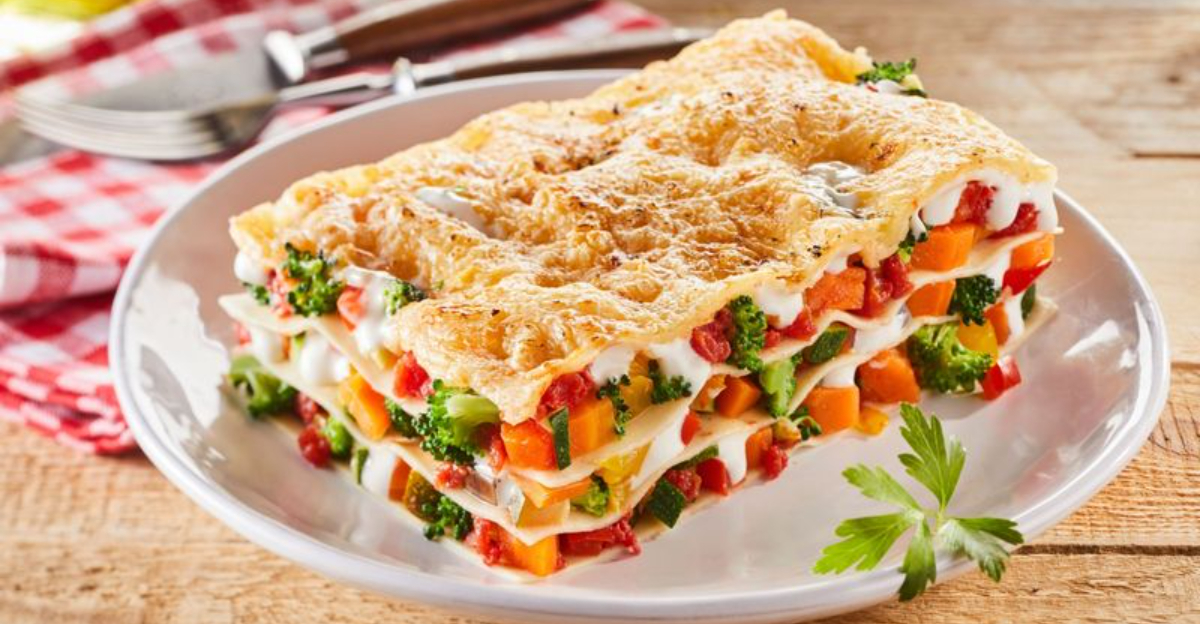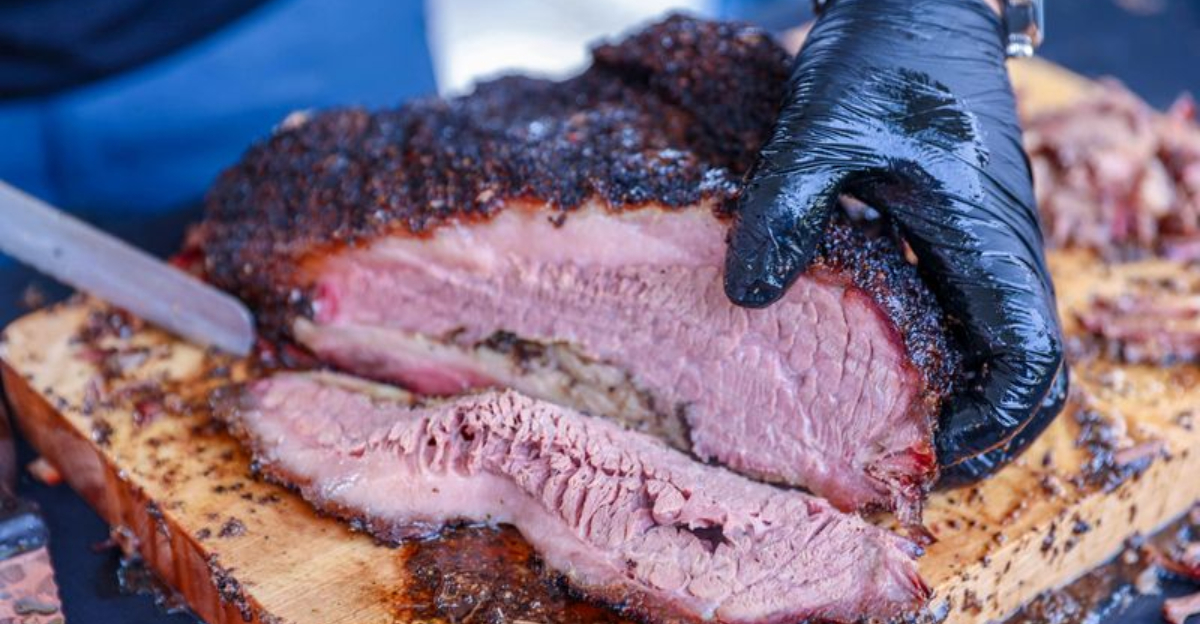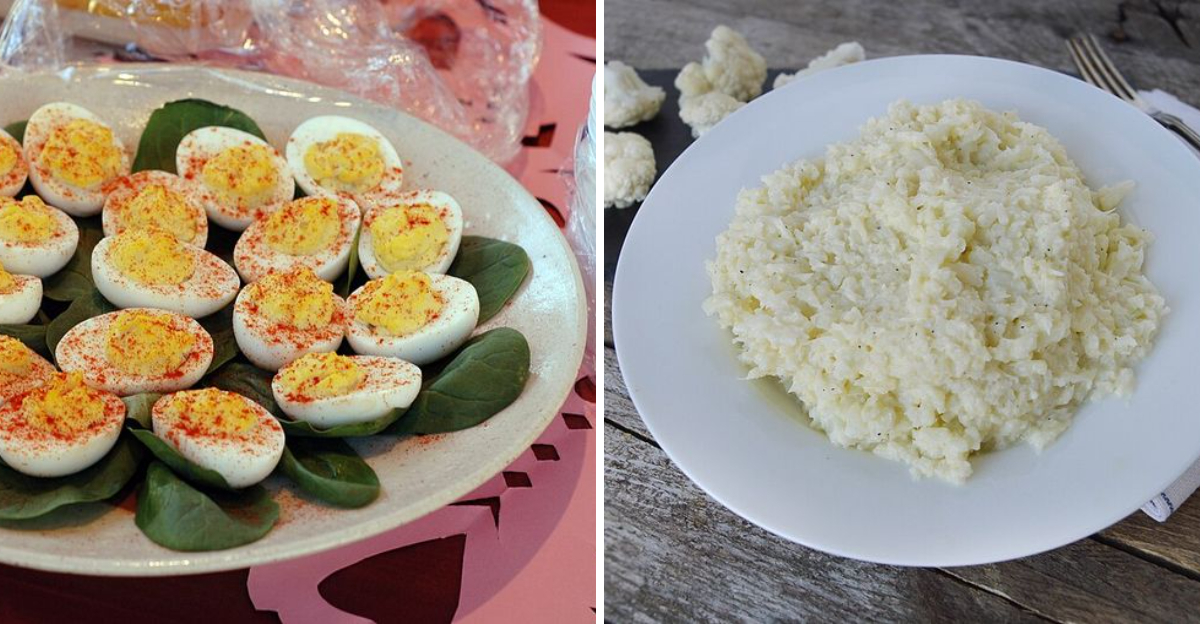12 Dishes People Hated Until They Realized They’d Been Eating Them Wrong
Have you ever sworn off a food because one bad experience left a terrible taste in your mouth? Sometimes the problem is not the dish itself but how it was prepared or served.
Once people discover the right way to enjoy certain foods, they often become lifelong fans.
1. Sushi

Raw fish might sound scary at first, but quality matters more than anything else. When you eat fresh, properly prepared sushi at a reputable restaurant instead of gas station varieties, the experience transforms completely.
Mixing wasabi directly into soy sauce is a common mistake that masks delicate flavors. Try dabbing a tiny bit of wasabi on the fish itself, then lightly dipping it in soy sauce fish-side down for the perfect bite.
2. Haggis
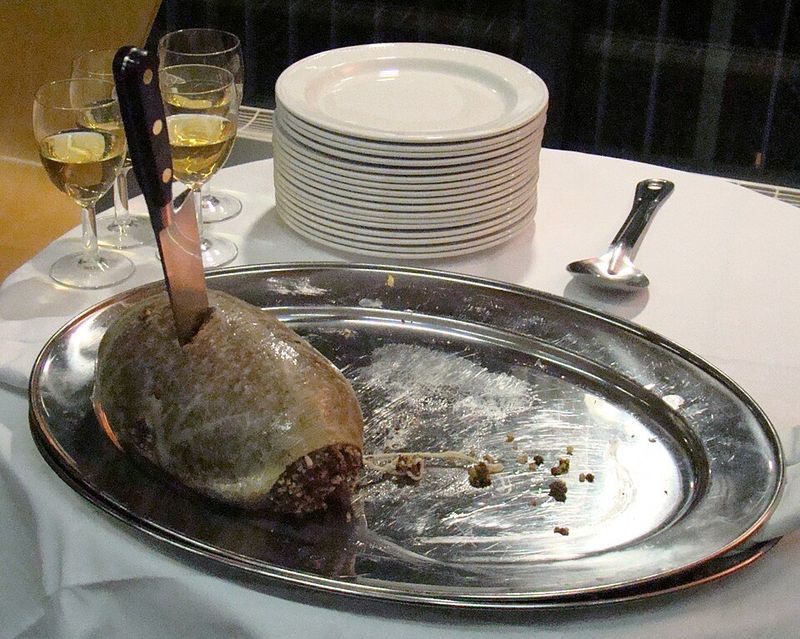
Scotland’s national dish gets a bad reputation because people focus too much on what goes inside instead of how it actually tastes. Properly seasoned haggis offers rich, peppery, nutty flavors that surprise even skeptical eaters.
Pairing it with creamy mashed potatoes and turnips balances the intensity beautifully. Many people who hated it initially were served poorly made versions or ate it without traditional accompaniments that complement its bold character perfectly.
3. Eggplant Parmesan
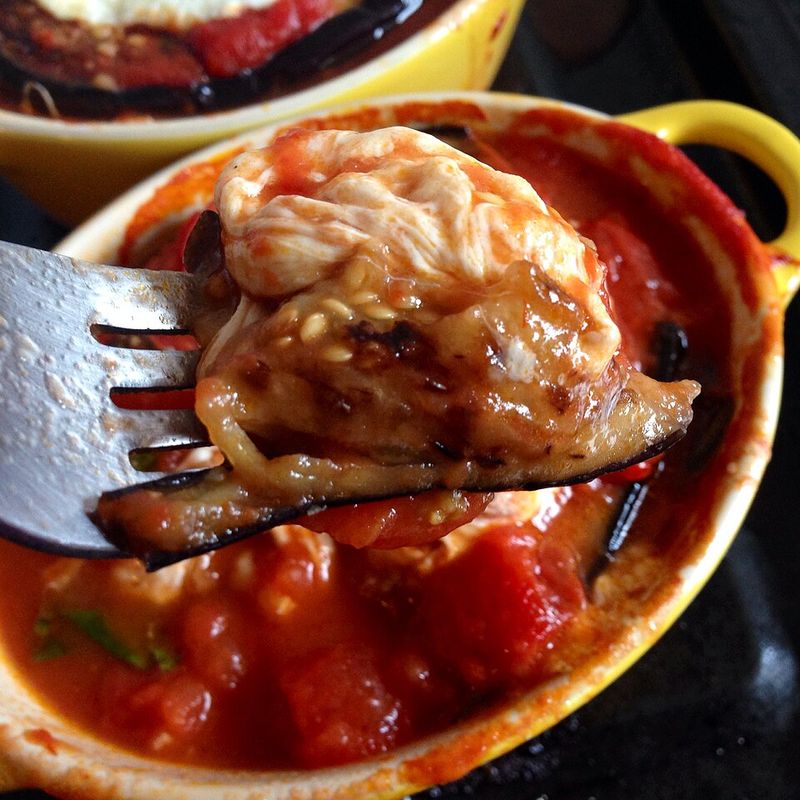
Soggy, bitter eggplant ruins what should be a delicious Italian comfort food. Salting eggplant slices beforehand draws out excess moisture and bitterness, creating a much better texture and flavor.
Baking instead of frying can also reduce greasiness while still achieving crispy edges. When prepared correctly with quality mozzarella and homemade sauce, this dish becomes irresistible rather than mushy and disappointing like many restaurant versions.
4. Tofu

Tofu straight from the package tastes like disappointment. Pressing out excess water before cooking makes an enormous difference in texture and flavor absorption.
Marinating it for at least 30 minutes allows seasonings to penetrate deeply. Cooking it properly by pan-frying, baking, or grilling until golden and crispy on the outside creates satisfying texture that converts even meat lovers into fans.
5. Quiche

Quiche that turns out watery and rubbery makes people wonder why anyone bothers with this French classic. Using too many eggs or not baking at the right temperature causes that unpleasant texture.
A proper quiche should have a silky, custard-like filling in a buttery, flaky crust. Pre-baking the crust prevents sogginess, while using cream instead of milk creates richness that makes every bite luxurious and satisfying rather than cafeteria-style.
6. Clams
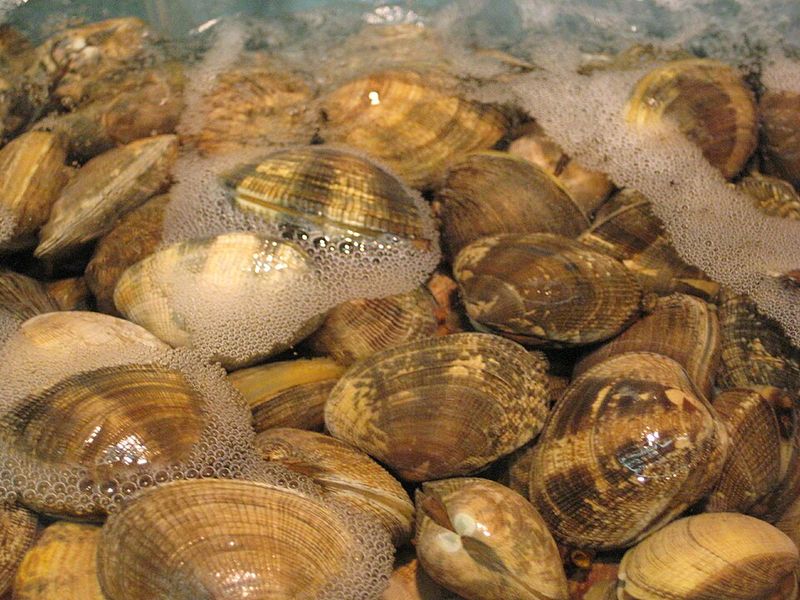
Gritty, chewy clams turn people away faster than anything. Soaking clams in salted water for 20 minutes before cooking lets them expel sand naturally, solving the texture problem immediately.
Overcooking makes them rubbery and tough. Steaming just until shells open keeps them tender and sweet. Fresh clams cooked properly with garlic, butter, and white wine create an oceanic flavor that finally makes sense to former haters.
7. Liver

Liver often leaves a metallic taste that lingers in childhood memories. Soaking it in milk for an hour before cooking softens the flavor and reduces bitterness.
Cooking it quickly over high heat to medium doneness keeps it tender and creamy inside. Pairing with sweet caramelized onions balances the iron-rich taste perfectly. Many people who despised it simply never experienced properly prepared liver that melts in your mouth.
8. Anchovies
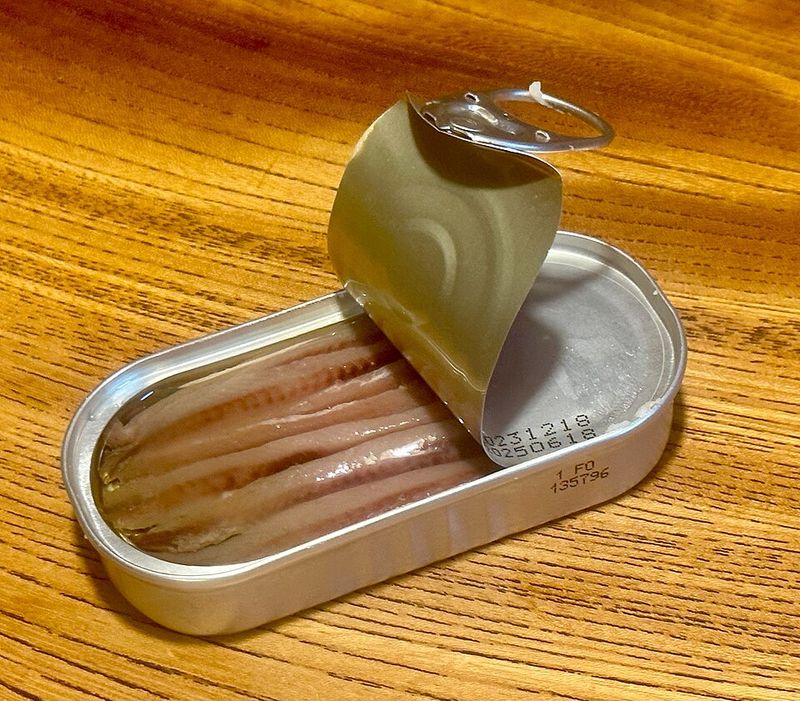
Overly salty, fishy anchovies from cheap pizza toppings give this ingredient an unfair reputation. Quality matters enormously with these little fish.
Spanish or Italian anchovies packed in olive oil offer complex, umami-rich flavor without overwhelming saltiness. Using them sparingly in pasta sauces or Caesar dressing adds depth without fishiness. Once people taste premium anchovies instead of bargain varieties, they understand why chefs love adding them to dishes.
9. Brussels Sprouts
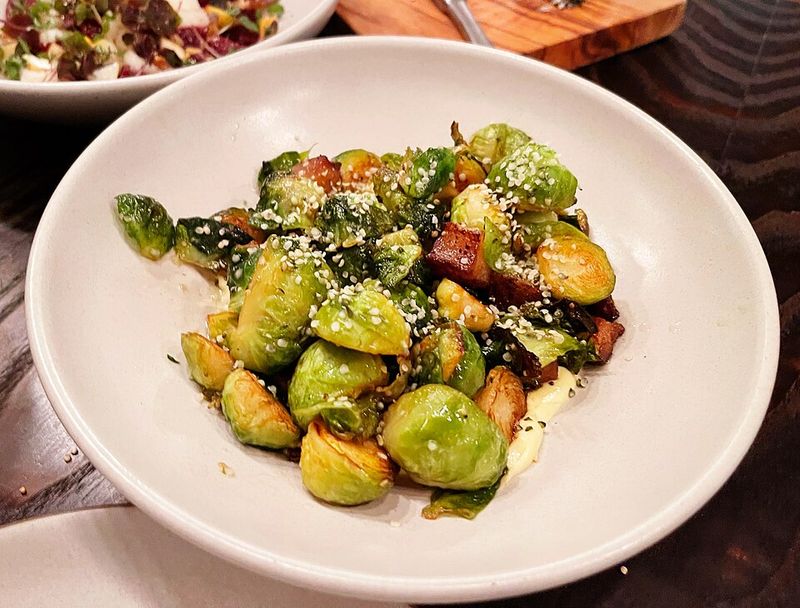
Brussels sprouts that are boiled until mushy smell awful and taste even worse. Roasting at high temperature caramelizes natural sugars and creates crispy, nutty exteriors.
Cutting them in half and tossing with olive oil, salt, and pepper before roasting at 400 degrees produces completely different results. Adding bacon, balsamic glaze, or parmesan takes them from childhood nightmare to restaurant-worthy side dish everyone requests.
10. Oysters
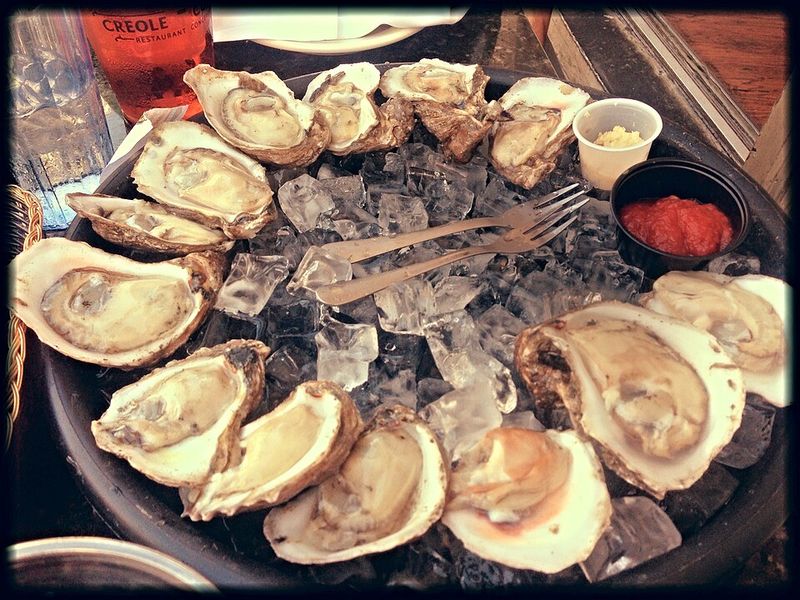
Oysters often leave a slimy texture and metallic taste that makes first-time experiences memorable for the wrong reasons. Serving them ice-cold improves the texture significantly.
Starting with milder varieties like Kumamotos or Blue Points instead of briny ones eases beginners in gently. Adding mignonette sauce or lemon brightens flavors beautifully. Once people try fresh, quality oysters served properly chilled, they often become obsessed with different regional varieties.
11. Kale
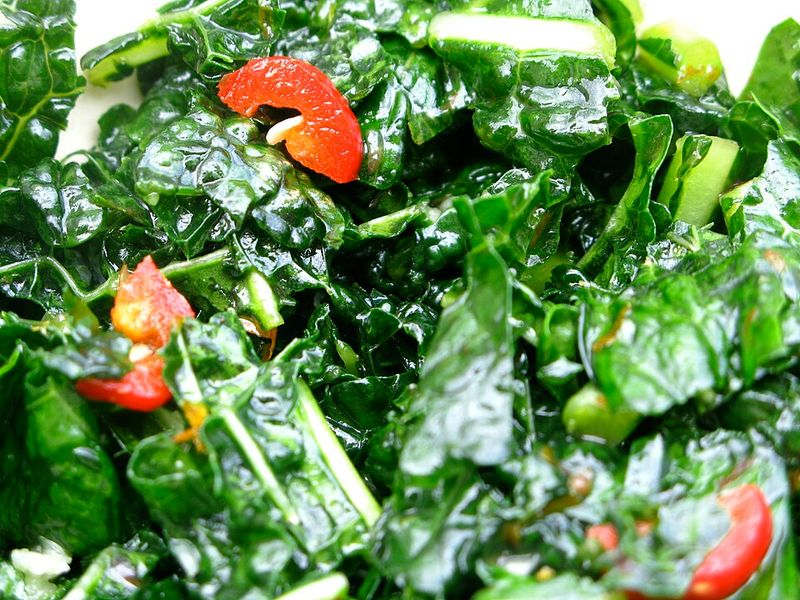
Raw kale in salads can feel tough and bitter, like chewing cardboard. Massaging leaves with lemon juice and olive oil for a few minutes breaks down fibers and reduces bitterness dramatically.
Removing thick stems before preparing makes it much more pleasant to eat. Baking kale chips with seasonings until crispy creates addictive snacks. Properly prepared kale becomes tender, flavorful, and nutritious instead of the punishment many people remember.
12. Ceviche

Fish that is mushy or overly acidic makes people question why anyone enjoys ceviche. Using extremely fresh, sushi-grade fish is essential for the best results.
Marinating too long turns fish into mush. Timing matters enormously, usually 15 to 30 minutes depending on fish thickness. Balancing lime juice with sweet onions, cilantro, and creamy avocado creates refreshing complexity. When made correctly with quality ingredients, ceviche tastes bright, clean, and absolutely nothing like earlier disappointments.


